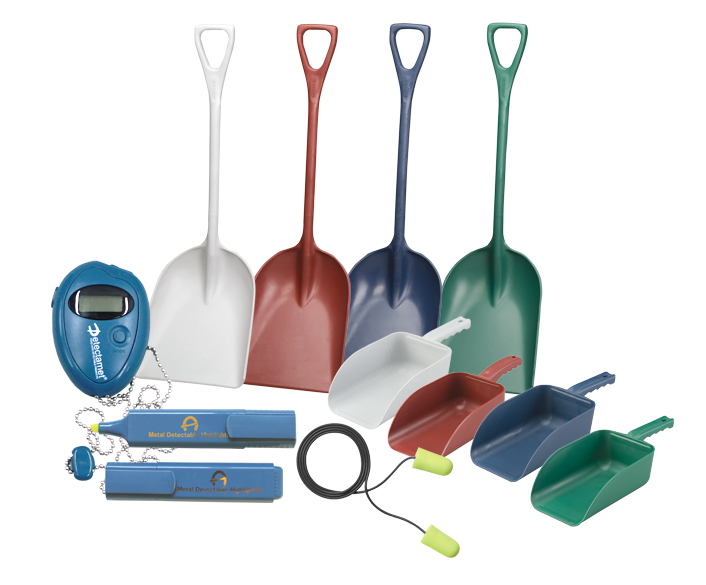 Detection of contaminants is a critical aspect of ensuring food safety, especially with stringent government regulations. The use of metal detectors is increasingly vital to identify and reject harmful objects, contributing to enhanced Hazard Analysis and Critical Control Points (HACCP) and Good Manufacturing Practices (GMP) programs. This comprehensive approach extends to a wide range of metal-detectable products, from safety supplies to processing tools, ensuring the integrity of food products. The smallest detectable foreign object varies based on factors like material, line speed, and moisture content, with the detector head's height being crucial. Calibration is a key process, involving setting thresholds based on contaminant size and collaborating with the metal detector manufacturer. Regular testing of calibration is essential to prevent larger contaminants from bypassing the detector and compromising product safety. Metal-detectable products, often colored blue for easy visual detection, employ unique manufacturing processes, such as embedding metallic pigments in plastics or enclosing stainless steel ball bearings in items like earplugs, ensuring detectability throughout the entire product or specific parts. Understanding the calibration process and utilizing metal-detectable materials contribute significantly to maintaining food safety standards.
Detection of contaminants is a critical aspect of ensuring food safety, especially with stringent government regulations. The use of metal detectors is increasingly vital to identify and reject harmful objects, contributing to enhanced Hazard Analysis and Critical Control Points (HACCP) and Good Manufacturing Practices (GMP) programs. This comprehensive approach extends to a wide range of metal-detectable products, from safety supplies to processing tools, ensuring the integrity of food products. The smallest detectable foreign object varies based on factors like material, line speed, and moisture content, with the detector head's height being crucial. Calibration is a key process, involving setting thresholds based on contaminant size and collaborating with the metal detector manufacturer. Regular testing of calibration is essential to prevent larger contaminants from bypassing the detector and compromising product safety. Metal-detectable products, often colored blue for easy visual detection, employ unique manufacturing processes, such as embedding metallic pigments in plastics or enclosing stainless steel ball bearings in items like earplugs, ensuring detectability throughout the entire product or specific parts. Understanding the calibration process and utilizing metal-detectable materials contribute significantly to maintaining food safety standards.
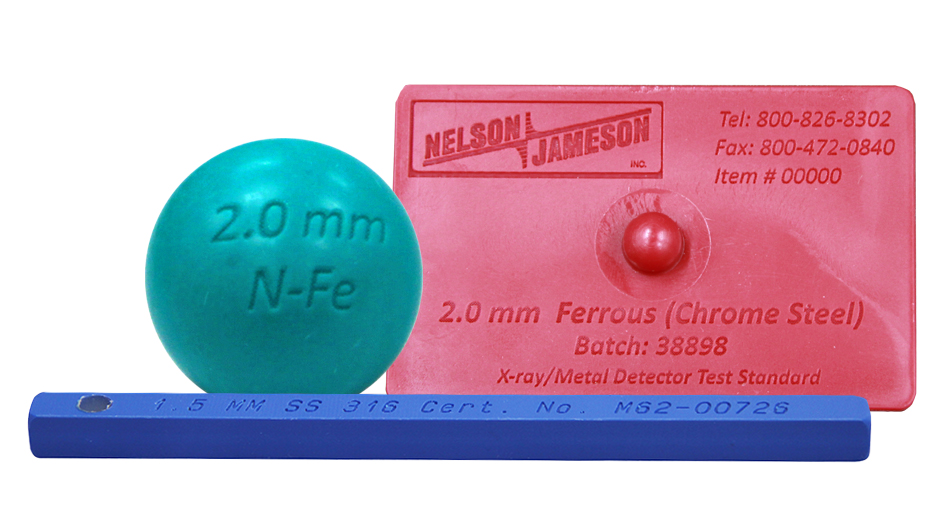 Metal Detector Calibration
Metal Detector CalibrationThis answer varies greatly. It is dependent upon the material of the contaminant itself, the speed of the line and the moisture content. The height of the detector head from the line is the most critical variable, as sensitivity decreases as height increases.
Machines must be calibrated to the food they are processing and then set to a threshold, determined by the company, in regards to the size of the contaminant they want the detector to reject. The type of product passing through the detector (wet or dry), its size, and speed affect the setting.
The metal detector manufacturer can assist with calibration setup.
If you don't test a metal detector's calibration, the metal detector can allow larger pieces of foreign contaminant to get through, compared to the threshold setting, threatening the finished product's safety.
How do you maintain metal detector calibration?
You want to periodically check calibration by passing a known calibration test tool under the unit to check for accuracy. These can be made of ferrous, non-ferrous, or stainless steel, and come in the form of rods, cylinders, balls, whips, cards and more.
Many metal-detectable products are colored blue for two reasons:

What makes tools and equipment metal detectable?
In plastic products such as scrapers, pens, and vinyl gloves, a unique manufacturing process involving the inclusion of a metallic pigment enables the plastic to be detected. In other products such as earplugs, a stainless steel ball bearing is enclosed in the plug to make them detectable.
What is the difference between embedded metal and impregnated material?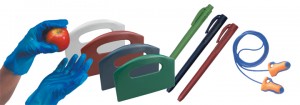
A product with embedded metal is only detectable if the product piece containing the metal goes through a detector. With a product that is impregnated, the entire piece has fine metal particles throughout, making the entire piece, or parts of it detectable.
Shop our selection of metal detectable and x-ray visible products.
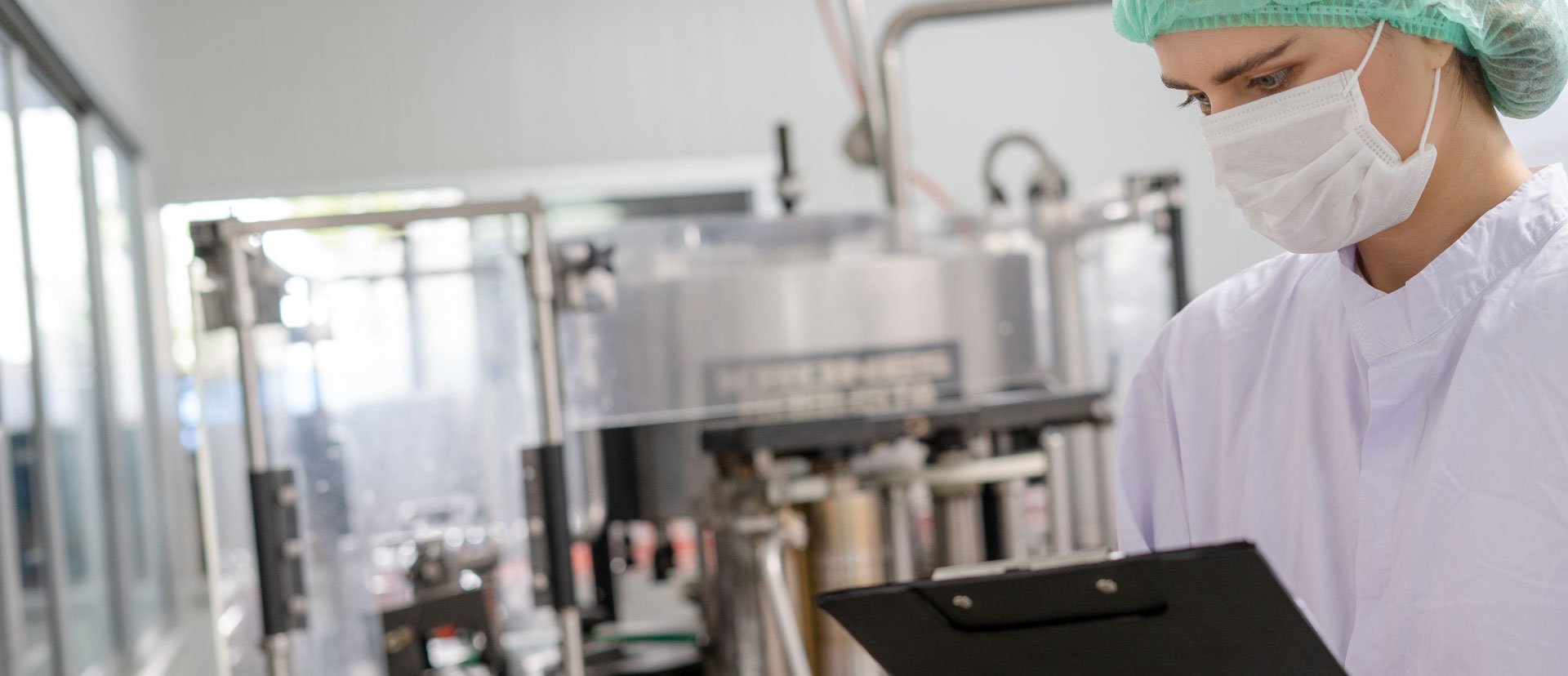
December 10, 2025
What is OSHA's Regional Emphasis Program (REP) for the food manufacturing industry? The OSHA Regional Em...
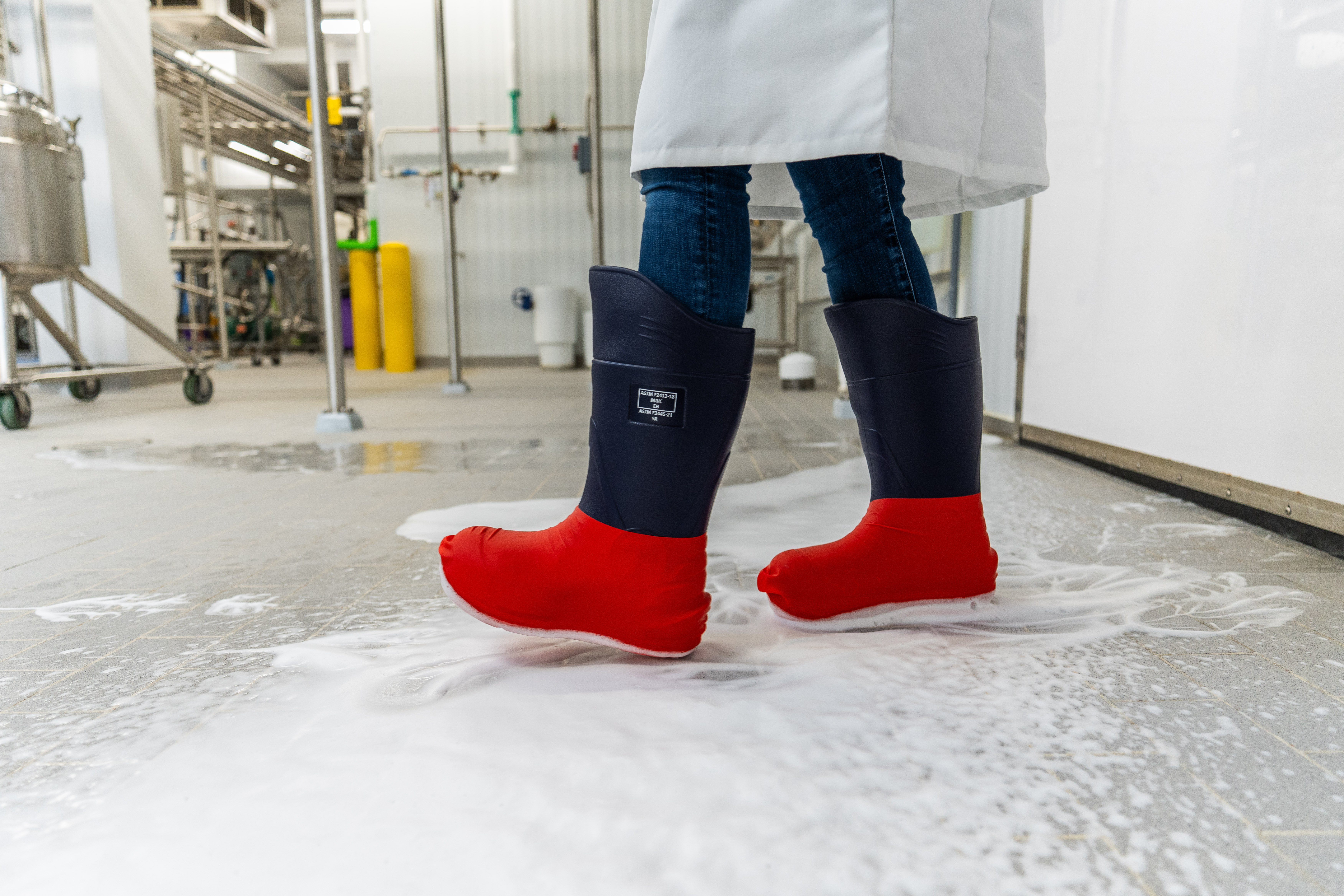
December 8, 2025
There is a fundamental connection between worker safety and food safety: A failure in worker safety can ...
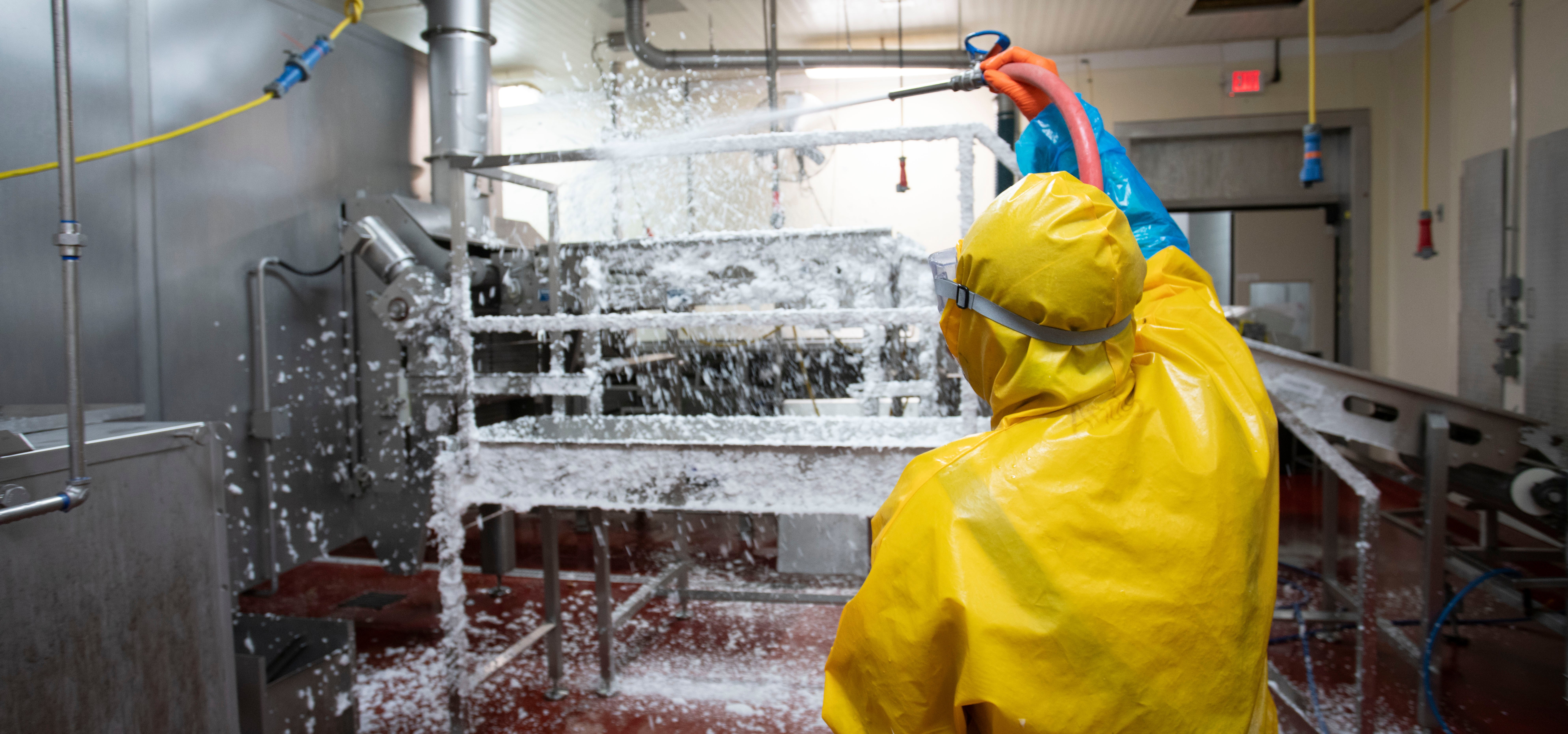
December 1, 2025
Nelson-Jameson understands that efficiency and worker safety are equally important goals in food manufac...
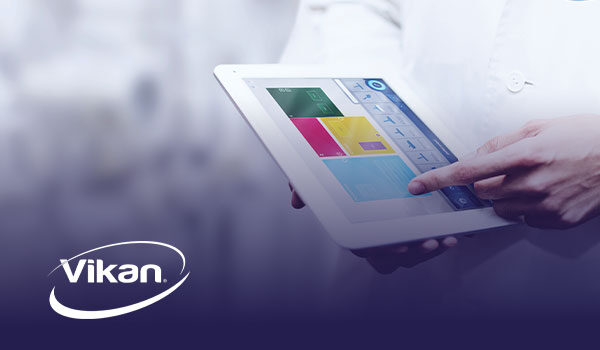
Recognize and address possible hygiene and sanitation challenges based on the cleaning and material handling equipment available in your facility.
Through a discovery call, virtual, or on-site assessment, Vikan SQF Practitioner certified specialists will assist in confirming that your system and cleaning tool inventory aligns with your risk management objectives while pinpointing any missing tools and enhancing maintenance and usage practices. Evaluate whether your existing tools are utilized in the most effective manner, or determine if a more suitable tool exists for the task at hand. Ensure that your tools comply with all relevant standards and regulatory requirements. Site evaluations encompass a summary survey, an overview of the location, a color-coded factory layout plan, product suggestions, a recommended order form, and a proposal for a follow-up survey.
Food Safety, Sanitation, Cleaning Tools, Color Coding
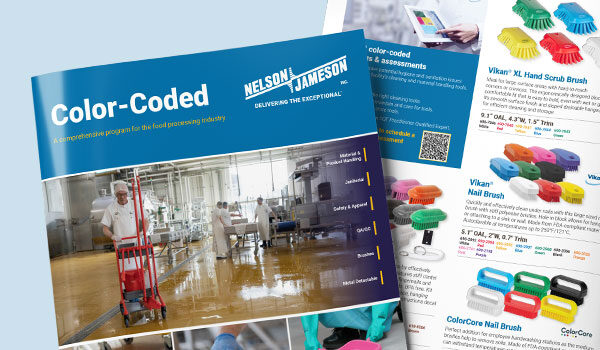
This is a comprehensive program for the food processing industry. Nelson-Jameson brings together the most extensive collection of color-coded products for material handling, product handling, janitorial, safety, apparel, QA/QC, and metal-detectable applications. With the right pieces, a color-coding system is a powerful tool in preventing cross-contamination of allergens and food-borne illnesses that can lead to sickness or expensive product recalls.

Food Safety, Sanitation, Cleaning Tools, Color Coding

Food Safety
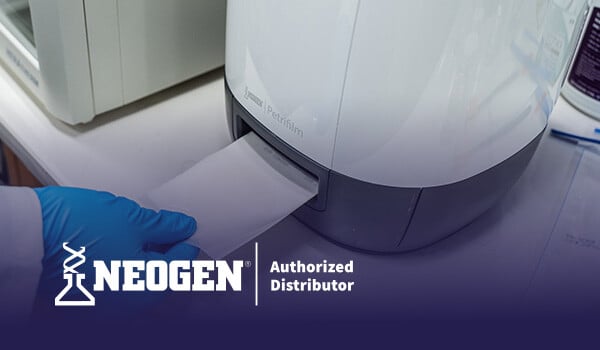
Get Petrifilm Certified through our complimentary immersive workshop for managers, personnel, and teams. The workshop offers practical knowledge through hands-on training and networking with industry professionals and experts. Attendees gain an in-depth understanding of Petrifilm technology and valuable insights into effective environmental monitoring practices. Participants leave with a certification and a wealth of resources that can significantly contribute to elevating their plant's quality control standards.
Food Safety, Sanitation, Laboratory